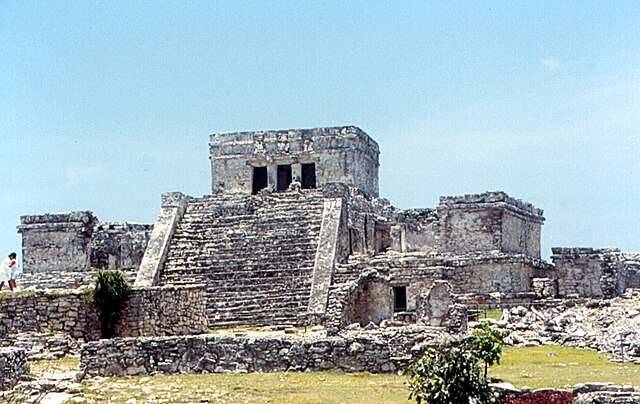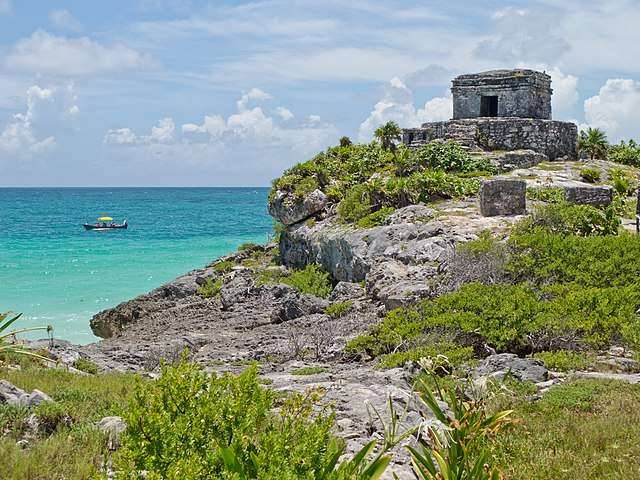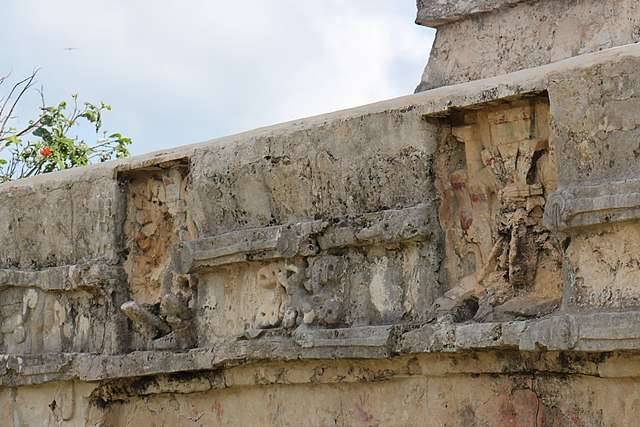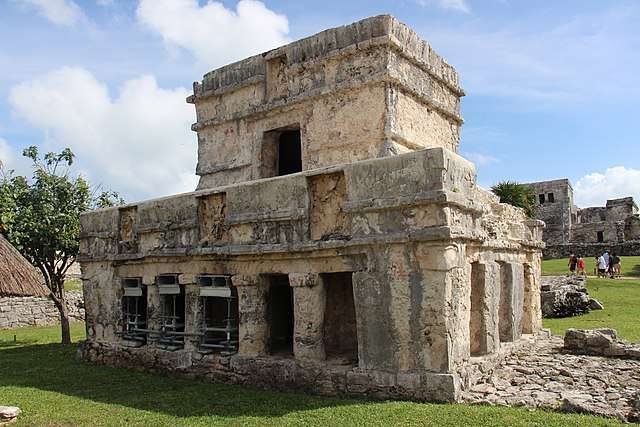Perched on the edge of the Yucatan Peninsula, overlooking the turquoise waters of the Caribbean Sea, the Mayan ruins of Tulum offer a tantalizing glimpse into the past. This ancient city, once a thriving seaport, is one of the best-preserved coastal Mayan sites, and its stunning location makes it a popular destination for history enthusiasts and tourists alike.
Get your dose of History via Email

Historical Background
The Mayan ruins of Tulum date back to the late Post-Classic period of Mesoamerican history, around 1200-1521 AD. This makes the city relatively young in the context of the Mayan civilization, which began around 2000 BC. Tulum was one of the last cities built and inhabited by the Mayans, and it managed to survive about 70 years after the Spanish began occupying Mexico. The city was primarily a trading hub, with artifacts found from all over Mesoamerica, suggesting a vast trade network. It was also a religious center, with several temples dedicated to the Mayan gods.

Architectural Highlights
The architecture of Tulum is typical of the late Mayan period, with buildings made of stone and plaster, and decorated with intricate carvings and frescoes. The city is surrounded by a defensive wall, which is rare among Mayan sites, and it contains several well-preserved structures. The most iconic of these is El Castillo, or The Castle, which stands on a cliff overlooking the sea. This was likely a temple or a watchtower, and it offers stunning views of the surrounding area. Other notable buildings include the Temple of the Frescoes, which has well-preserved murals, and the Temple of the Descending God, named for a carving of a figure descending from the heavens.

Theories and Interpretations
While the exact purpose of Tulum is still a subject of debate among historians, it is generally agreed that it was a significant trading and religious center. The city’s location on the coast, and the presence of a cove and beach that could have served as a port, suggest that it was a hub for maritime trade. The numerous temples and religious carvings indicate that it was also a place of worship, possibly linked to the Mayan’s reverence for the sea and the setting sun. As for dating the site, most of the buildings in Tulum are believed to have been constructed in the 13th and 14th centuries, based on stylistic analysis and comparison with other Mayan sites.

Good to know/Additional Information
Today, Tulum is a popular tourist destination, attracting visitors with its well-preserved ruins, beautiful beaches, and stunning sea views. However, it is also an important archaeological site, and ongoing excavations continue to reveal new insights into the Mayan civilization. For those planning a visit, it’s worth noting that the site can get quite crowded, so it’s best to arrive early or late in the day to avoid the crowds. And don’t forget to bring your swimsuit – the beach below the ruins is one of the most beautiful in Mexico!

